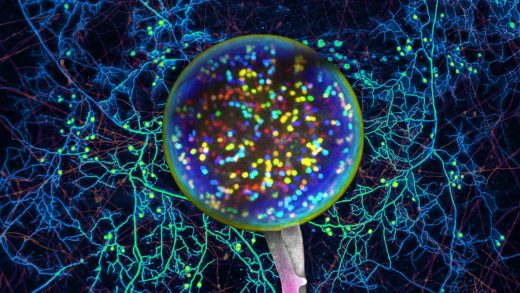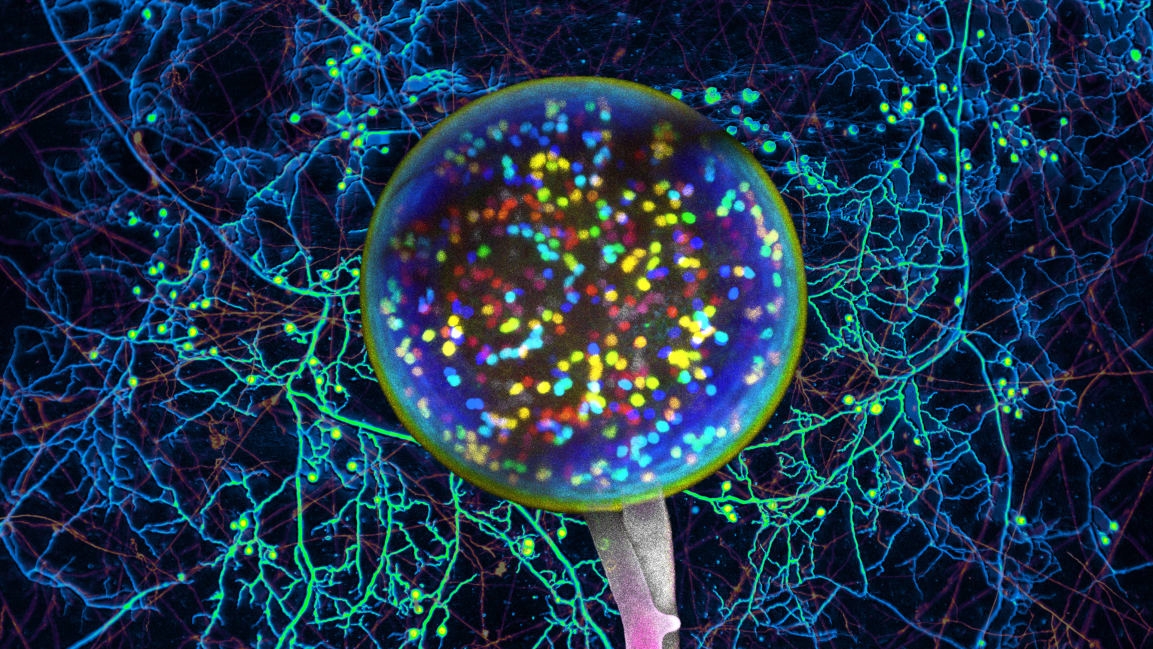How you make a map of the trillions of miles of invisible fungus networks that give our soil life
Whether you’re standing in a forest, on a field of grass, or even on that square of soil that surrounds a tree planted along a city sidewalk, under your feet is vast network of fungal filaments. Finer than a thread of cotton, these fungal networks—also called mycelium—are crucial to the health of plants, since they provide nutrients to the plants’ roots, and for storing carbon in soil. To increase our understanding of this vital part of the ecosystem, a new nonprofit is setting out to map—and eventually help preserve—the world’s fungal networks.
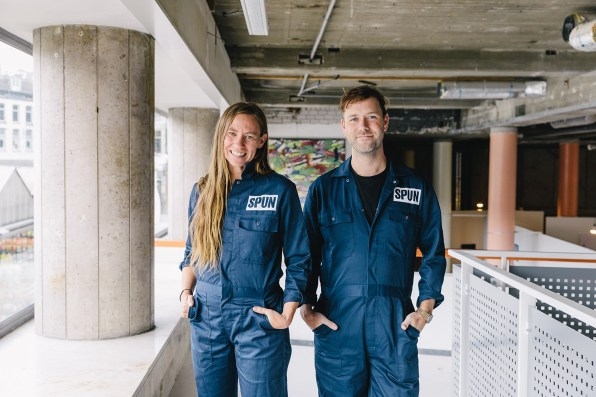
[Photo: Seth Carnill/courtesy Spun]
“We work on the tenet that these fungal networks really underpin life on Earth, but we’re destroying them at such an alarming rate,” says Toby Kiers, an evolutionary biologist and cofounder of the Society for the Protection of Underground Networks (SPUN), the nonprofit announcing this mapping effort. Kiers, a professor at Vrije Universiteit Amsterdam, has been researching the “architecture” of these fungal networks to better understand how they trade resources with plants—exchanging nutrients like nitrogen and phosphorus for carbon—and how their behavior might change under different conditions, like if the global temperature increases.
“They’ve evolved these strategies over 475 million years, and it’s become a global system. It’s a global system that we can’t see,” she says. “They’re kind of like the coral reefs of the soil.” These massive networks—which can make up to 50% of the living biomass of soil—are important for drawing down carbon into soil, moving around nutrients, and supporting biodiversity above ground. There are an estimated trillions of kilometers of fungal mycelium around the world, but it’s increasingly threatened by agricultural expansion, chemicals and fertilizers, deforestation, pollution, and urbanization.
The first step in protecting these networks is to map them. SPUN will do so by using machine learning to predict where high levels of biodiversity are, and by collecting 10,000 samples across ecosystems on all continents. Working with local communities around the world, SPUN will launch an “underground explorers” program to train people to go out, examine the soil, and collect fungal samples, which will then be sent for DNA sequencing. “The basis of the whole program is to use these DNA samples to start building these high resolution maps,” Kiers says.
That effort will be funded by a $3.5 million donation from the Jeremy and Hannelore Grantham Environmental Trust. Advisors to this work include conservationist Jane Goodall; Merlin Sheldrake, biologist and author of the book Entangled Life: How Fungi Make Our Worlds, Change Our Minds & Shape Our Futures; and founder of the Fungi Foundation, Giuliana Furci. SPUN’s governing board also includes former Patagonia CEO Rose Marcario and former Nature Conservancy CEO Mark Tercek.
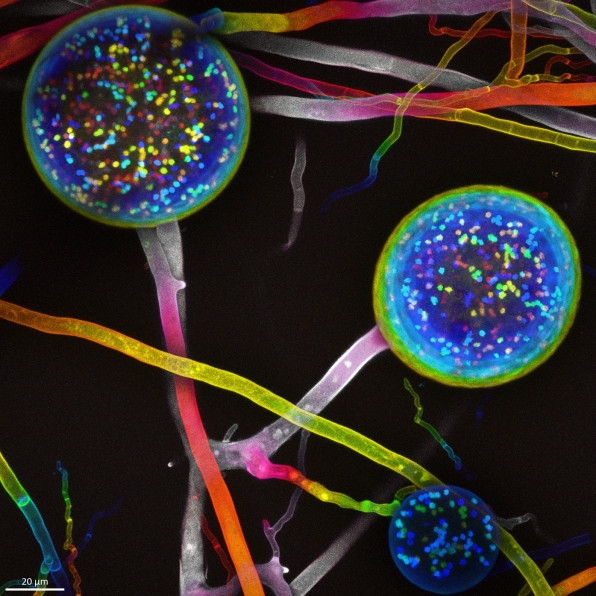
[Image: Vasilis Kokkoris/courtesy Spun]
With such notable names on board, the project hopes to be an inflection point for public understanding of soil conservation efforts, “and this idea that the underground has been missing from the current conservation agenda,” Kiers says. Though experts know that soil health is important, climate strategies have tended to overlook fungi. While the ocean and trees are crucial carbon sinks, soils store 75% of all terrestrial carbon—??three times more than living plants and animals—and these fungal networks are an important part of that. “We’re trying to rally around the living stitch that’s holding it together, the seam—that’s the fungi,” Kiers says.
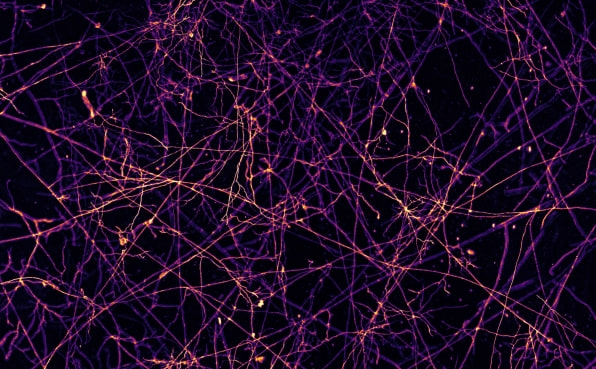
[Image: Victor Caldas/courtesy Spun]
Over the next 18 months, the program will collect soil samples, and in the next 2 or 3 years, SPUN aims to create and distribute fungal network maps that conservation organizations and restoration projects can use to identify fungal hotspots and the threats they face. Mapping them will also provide data that scientists can use as a reference, comparing future fungal network samples against so they can see how resilient they are or how they’re being affected by climate change. Since fungal networks are important for carbon cycling, Kiers also hopes climate models that are missing soil data can use these maps to fill in any gaps.
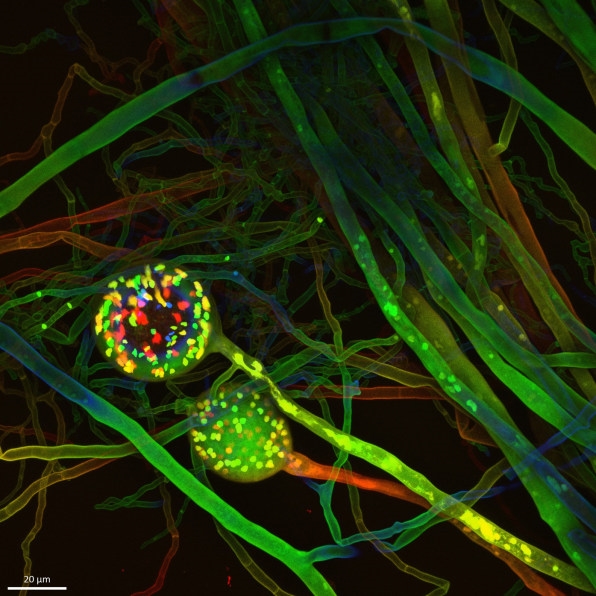
[Image: Vasilis Kokkoris/courtesy Spun]
Ultimately, it’s not about preserving “pristine nature,” but helping people be more connected to these fungal networks wherever they are, and to get people to work with them in managed ecosystems, rather than harming them with chemicals or tillage. Even everyday people can help; on SPUN’s website, there’s a call out to get people to support fungal networks in their own backyards. “There’s so many things that people can do, the most important being not to leave the soil bare,” Kiers says, “so covering it with vegetation and all kinds of different plants to make sure that these fungal networks get fed.”
Fast Company , Read Full Story
(40)

